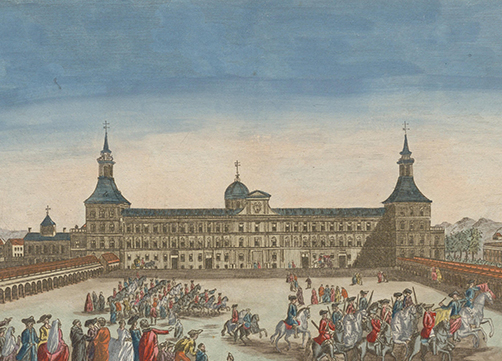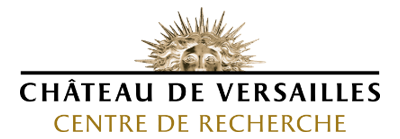
Project “MARCO - Madrid real y cortesano” (2025-2027)
The research project “MARCO - Madrid real y cortesano” (PHS-2024/PH-HUM-290) is funded by the communauté de Madrid and is a joint initiative that involves nine different institutions, including the Centre de recherche du château de Versailles.
This project aims to promote and show to its best advantage the heritage of the Community of Madrid and the surrounding area. In particular, the aim of the project is to manage, protect and promote the historic, artistic, linguistic, musical, natural and audiovisual heritage of the communauté de Madrid, in connection with tourism and development.
It will start on 1 December, 2025 and end on 31 December, 2027.
Access its website (in Spanish).
Project sponsor
Universidad Autónoma de Madrid (UAM)
The Research Center participates in the project as one of the associated groups.
Project participants representing the Centre de recherche
![]() Dr. Mathieu da Vinha, director
Dr. Mathieu da Vinha, director
![]() Benjamin Ringot, Head of the Research, Events and Academic courses and training department
Benjamin Ringot, Head of the Research, Events and Academic courses and training department
Argument
From the sixteenth to the twentieth century, Madrid was not a capital but a royal court. This particularity made the city and its surrounding royal sites a unique place. As a result, the Community of Madrid boasts natural areas and biological reserves of undeniable value, as well as a wealth of palaces, artistic collections and villages whose structure and character would be incomprehensible without their royal and courtly roots.
MARCO explores the symbiosis between the history of Madrid and royalty, which gave it its strength and identity, from the moment Philip II moved the court to the Castilian town in 1561 until its disappearance following the proclamation of the Republic in 1931. An identity that spread across the entire province thanks to the royal sites, which stretch from Aranjuez to the Sierra de Guadarrama.
The court and royal sites made Madrid a city like no other, while linking it to a European network of centres of power that disseminated the latest technological and scientific innovations throughout society, thereby contributing to economic development. This network also played a fundamental role in the creation of a common European culture of manners, artistic expression, fashion and more.








